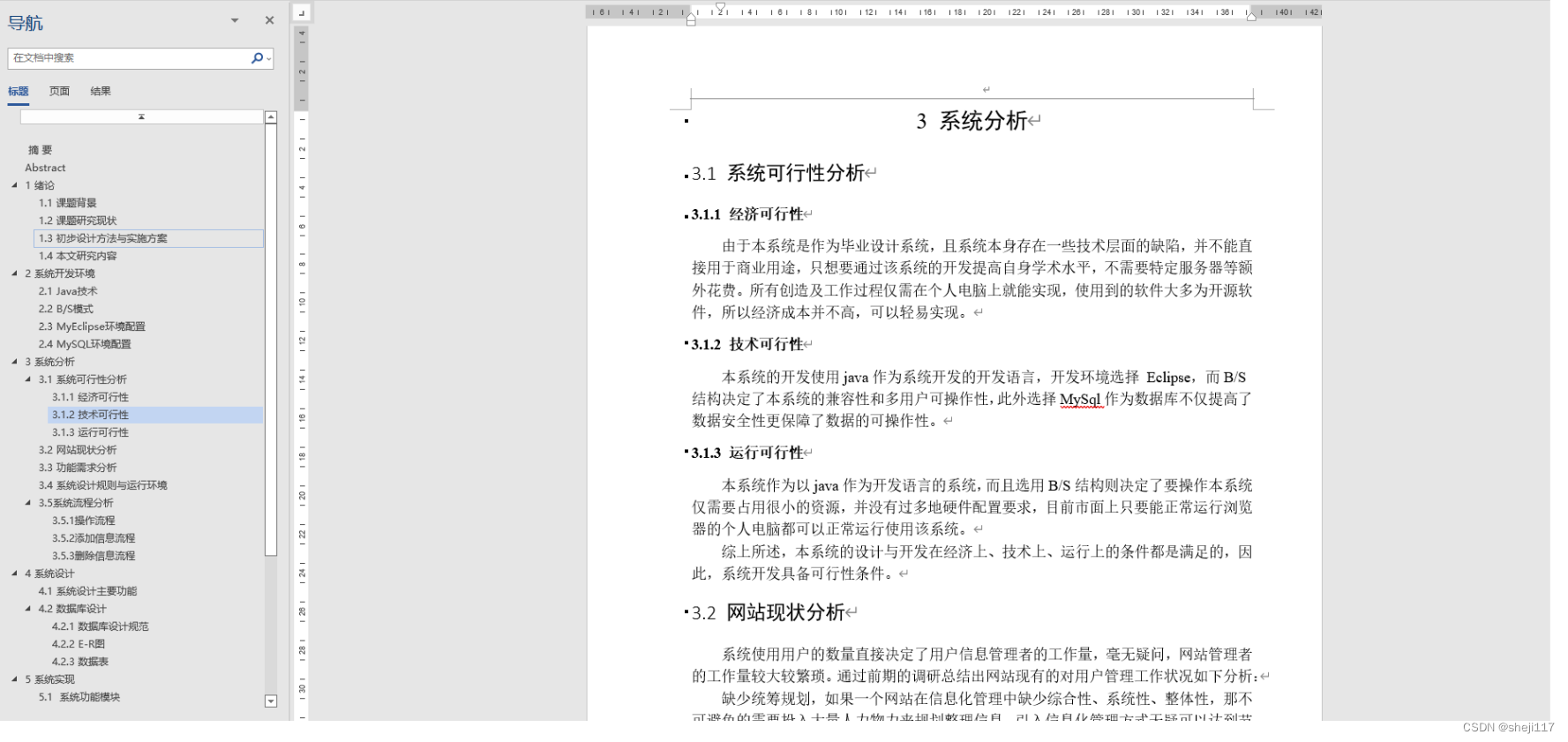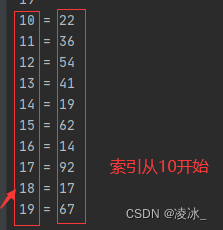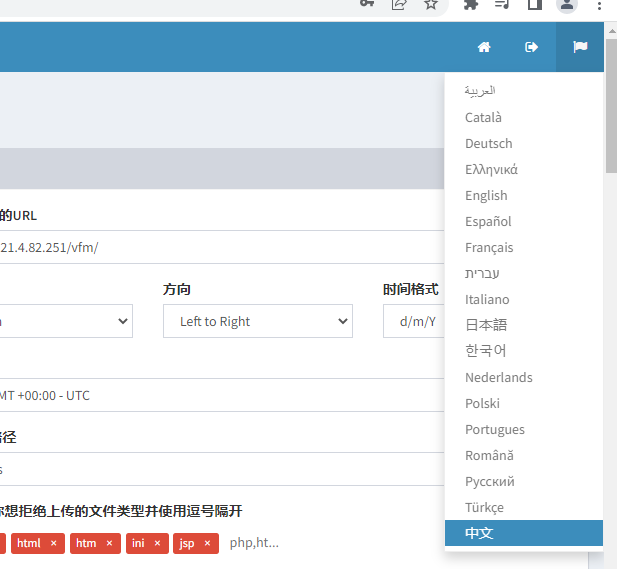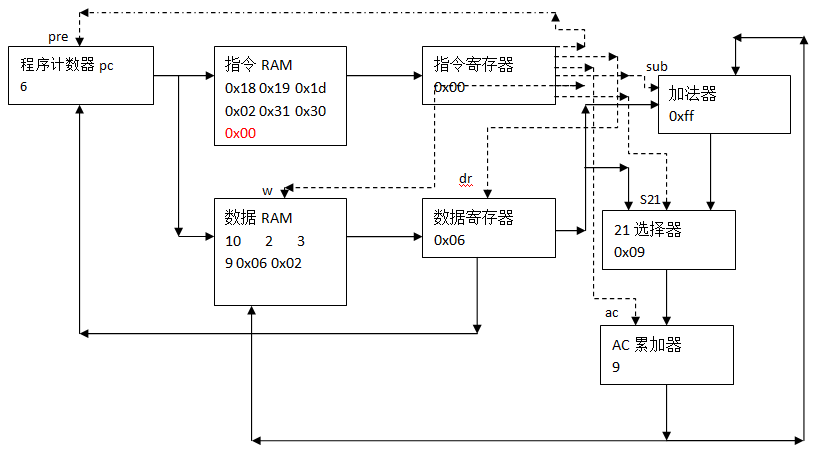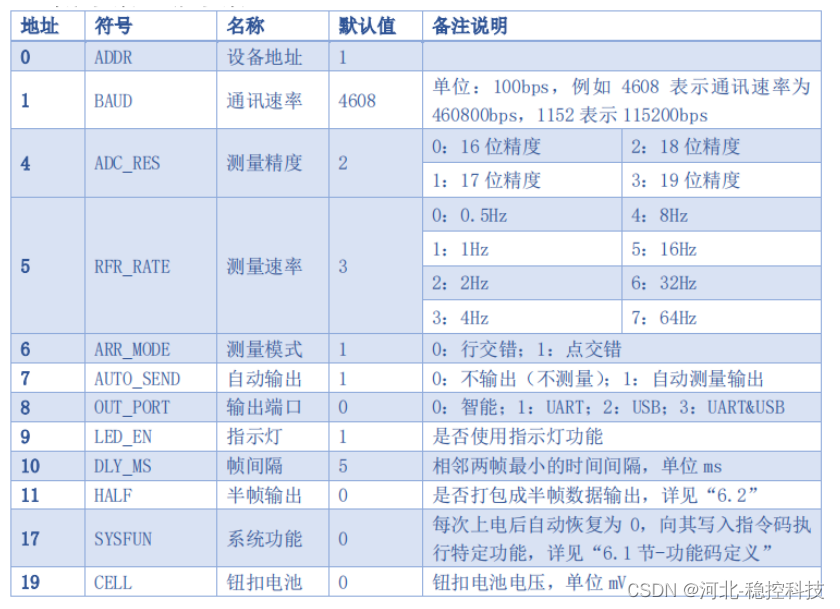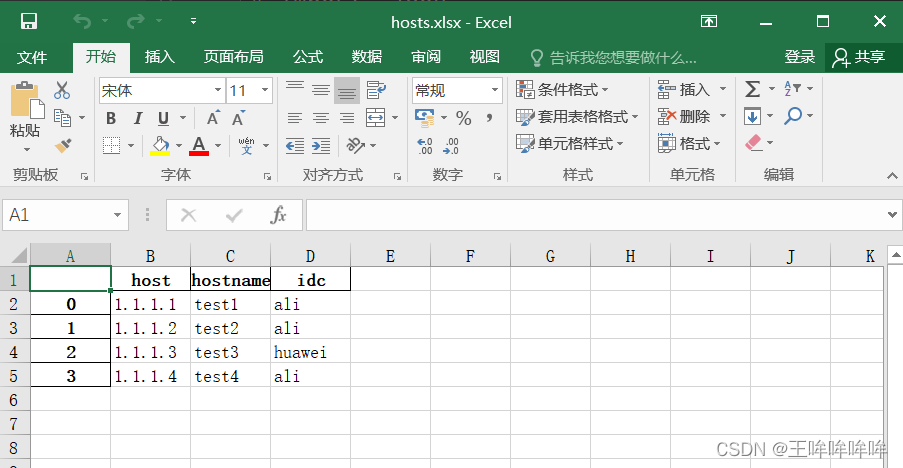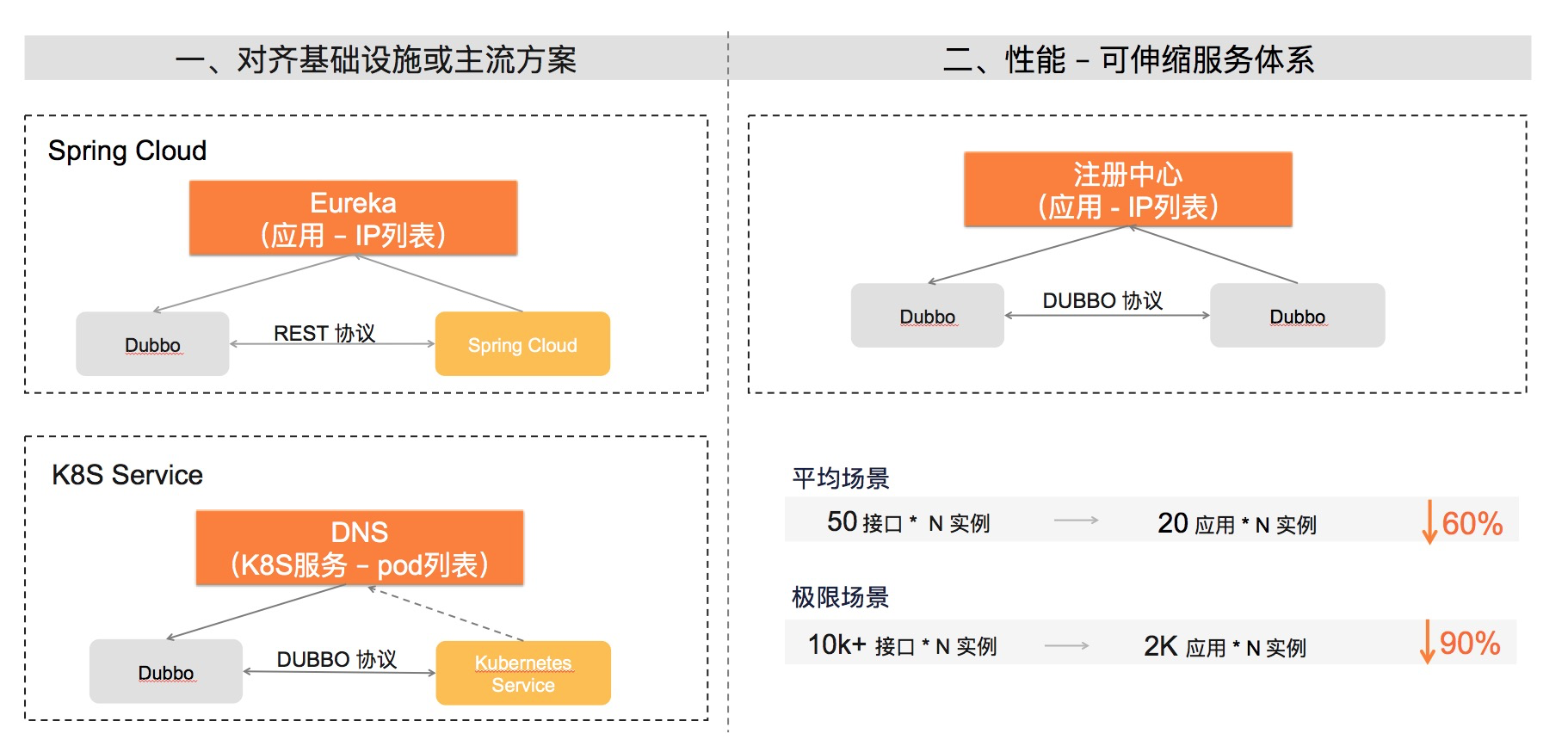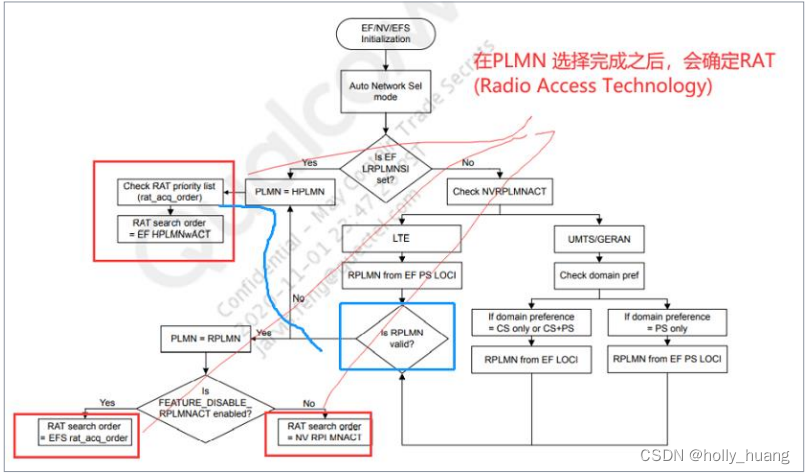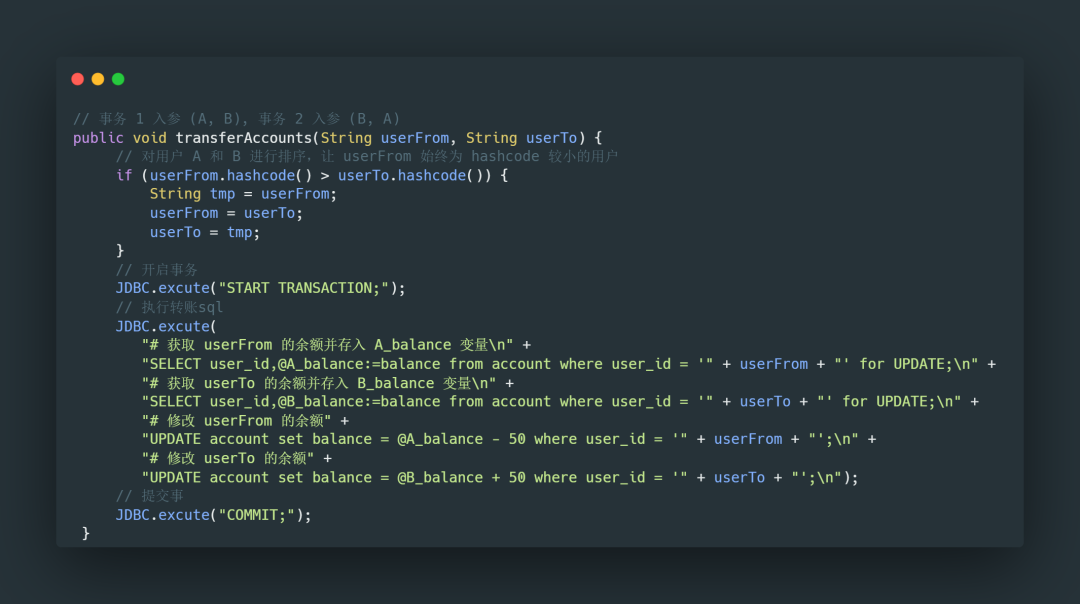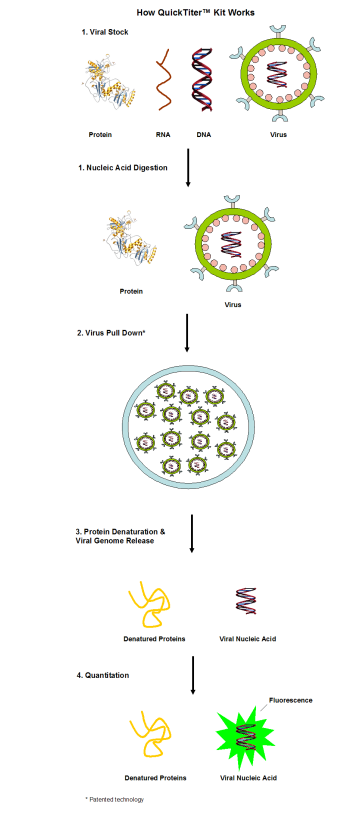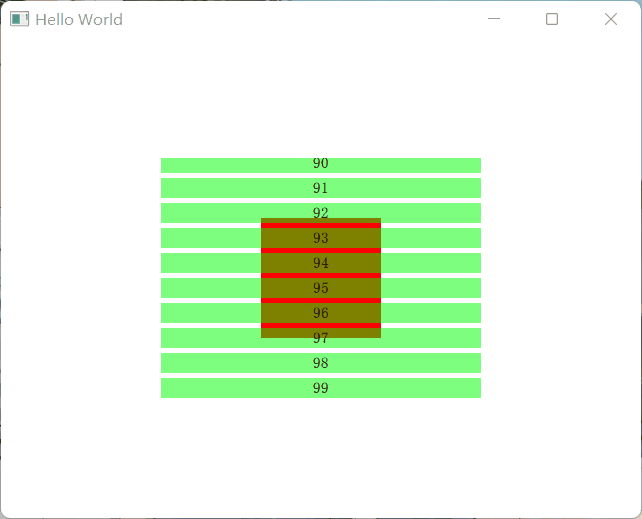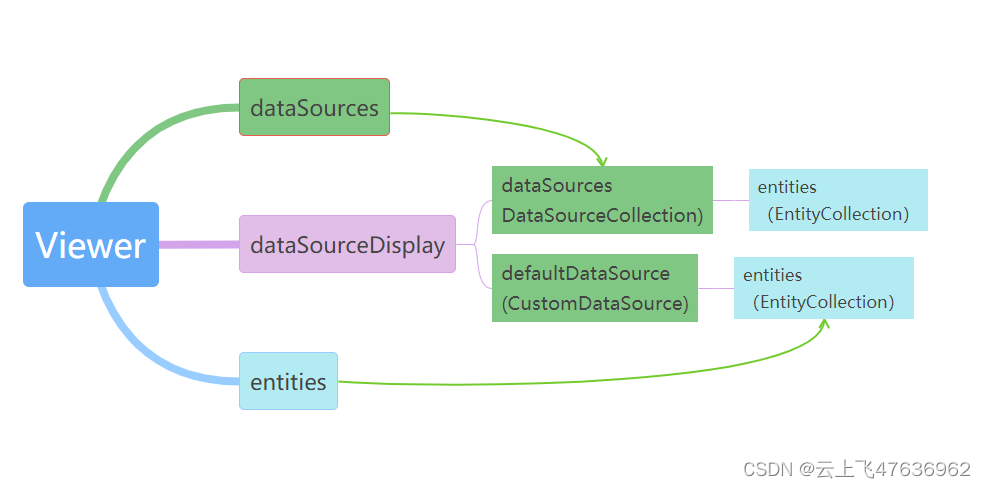目录
1、简单框架
1、list.h
2、test.cpp
2、list迭代器实现
1、list.h
2、test.cpp
3、思考
1、迭代器中的拷贝构造和赋值重载是否需要自己实现?析构呢?
2、体会类型的力量
3、const迭代器实现
1、list.h
2、test.cpp
4、重载迭代器的operator->
5、insert和erase接口实现
1、insert模拟实现
2、erase模拟实现
6、vector与list对比
1、vector
2、list
7、list拷贝构造、赋值重载问题
1、clear模拟实现
2、析构函数
3、深拷贝
1、传统写法
2、现代写法
8、迭代器区间和n个val初始化的构造函数冲突
1、问题
2、解决方法
9、反向迭代器模拟实现
1、简单框架
list的底层是一个双向带头循环链表
1、list.h
#pragma once
#include<iostream>
using namespace std;
namespace tutu
{
template<class T>
struct listNode
{
listNode<T>* _next;
listNode<T>* _prev;
T _data;
listNode(const T& data=T())
:_next(nullptr)
,_prev(nullptr)
,_data(data)
{}
};
template<class T>
class list
{
typedef listNode<T> Node;
public:
list()
:_head(new Node)
{
_head->_next = _head;
_head->_prev = _head;
}
void push_back(const T& x)
{
Node* newnode = new Node(x);
Node* tail = _head->_prev;
tail->_next = newnode;
newnode->_prev = tail;
newnode->_next = _head;
_head->_prev = newnode;
}
private:
Node* _head;
};
void test1()
{
list<int> l1;
l1.push_back(1);
l1.push_back(2);
l1.push_back(3);
l1.push_back(4);
}
}2、test.cpp
#include"list.h"
int main()
{
tutu::test1();
return 0;
}2、list迭代器实现
迭代器是像指针一样的类型,模仿指针的行为,解引用能取数据,++能到下一个位置。
在string和vector中,迭代器就是原生指针,因为他们底层是连续的物理空间;但是list底层物理空间不是连续的,如果还用原生指针,解引用是一个节点,++到不了下一个位置,但是C++提供了类,自定义类型可以对运算符进行重载,所以list底层迭代器的实现就是对节点指针进行封装,重载operator++、operator!=和operator*。
1、list.h
#pragma once
#include<iostream>
using namespace std;
namespace tutu
{
template<class T>
struct listNode
{
listNode<T>* _next;
listNode<T>* _prev;
T _data;
listNode(const T& data=T())
:_next(nullptr)
,_prev(nullptr)
,_data(data)
{}
};
template<class T>
struct __list_iterator
{
typedef listNode<T> Node;
Node* _node;
__list_iterator(Node* node)
:_node(node)
{}
//++it
__list_iterator<T>& operator++()
{
_node = _node->_next;
return *this;
}
//it++
__list_iterator<T> operator++(int)
{
__list_iterator<T> tmp(*this);
_node = _node->_next;
return tmp;
}
//--it
__list_iterator<T>& operator--()
{
_node = _node->_prev;
return *this;
}
//it--
__list_iterator<T> operator--(int)
{
__list_iterator<T> tmp(*this);
_node = _node->_prev;
return tmp;
}
T& operator*()
{
return _node->_data;
}
bool operator!=(const __list_iterator<T>& it) const
{
return _node != it._node;
}
bool operator==(const __list_iterator<T>& it) const
{
return _node == it._node;
}
};
template<class T>
class list
{
typedef listNode<T> Node;
public:
typedef __list_iterator<T> iterator;
iterator begin()
{
return iterator(_head->_next);
}
iterator end()
{
return iterator(_head);
}
list()
:_head(new Node)
{
_head->_next = _head;
_head->_prev = _head;
}
void push_back(const T& x)
{
Node* newnode = new Node(x);
Node* tail = _head->_prev;
tail->_next = newnode;
newnode->_prev = tail;
newnode->_next = _head;
_head->_prev = newnode;
}
private:
Node* _head;
};
void test1()
{
list<int> l1;
l1.push_back(1);
l1.push_back(2);
l1.push_back(3);
l1.push_back(4);
l1.push_back(5);
list<int>::iterator it = l1.begin();
while (it != l1.end())
{
cout << *it << " ";
++it;
}
cout << endl;
}
}2、test.cpp
#include"list.h"
int main()
{
tutu::test1();
return 0;
}3、思考
1、迭代器中的拷贝构造和赋值重载是否需要自己实现?析构呢?
答:都不需要。这里就是需要浅拷贝,默认生成的即可。迭代器中虽然有一个节点指针的成员,但是这个成员不归迭代器管,迭代器的意义就是访问和修改容器的。迭代器是借助节点的指针访问修改链表,节点是属于链表的,不属于迭代器,所以不归它管释放。
2、体会类型的力量
Node*原生指针和一个迭代器对象,它们占用的空间是一样大的,在32位机器上都是4个byte,并且值存的也一样,但是对他们使用运算符的意义和结果是不一样的。
3、const迭代器实现
普通对象调普通迭代器,const对象调const迭代器,目前我们只实现了普通迭代器,const迭代器还需要再写一份,传统的写法是再写一份const版本的迭代器,但是这样会造成代码冗余,这里推荐高手写法,即stl底层实现写法。
比较一下普通迭代器和const迭代器的区别,普通迭代器可读可写,const迭代器只能读不能写,体现到代码层面上就是operator*,一个是返回引用,一个是返回const引用,所以这里用了一个模板参数解决这个问题。
1、list.h
#pragma once
#include<iostream>
using namespace std;
namespace tutu
{
template<class T>
struct listNode
{
listNode<T>* _next;
listNode<T>* _prev;
T _data;
listNode(const T& data=T())
:_next(nullptr)
,_prev(nullptr)
,_data(data)
{}
};
template<class T,class Ref>
struct __list_iterator
{
//因为增加了一个模板参数,所以下面的类型都要改,所以增加一个typedef
typedef __list_iterator<T, Ref> self;
typedef listNode<T> Node;
Node* _node;
__list_iterator(Node* node)
:_node(node)
{}
//++it
self& operator++()
{
_node = _node->_next;
return *this;
}
//it++
self operator++(int)
{
__list_iterator<T> tmp(*this);
_node = _node->_next;
return tmp;
}
//--it
self& operator--()
{
_node = _node->_prev;
return *this;
}
//it--
self operator--(int)
{
self tmp(*this);
_node = _node->_prev;
return tmp;
}
Ref operator*()
{
return _node->_data;
}
bool operator!=(const self& it) const
{
return _node != it._node;
}
bool operator==(const self& it) const
{
return _node == it._node;
}
};
template<class T>
class list
{
typedef listNode<T> Node;
public:
typedef __list_iterator<T,T&> iterator;
typedef __list_iterator<T,const T&> const_iterator;
const_iterator begin() const
{
return const_iterator(_head->_next);
}
const_iterator end() const
{
return const_iterator(_head);
}
iterator begin()
{
return iterator(_head->_next);
}
iterator end()
{
return iterator(_head);
}
list()
:_head(new Node)
{
_head->_next = _head;
_head->_prev = _head;
}
void push_back(const T& x)
{
Node* newnode = new Node(x);
Node* tail = _head->_prev;
tail->_next = newnode;
newnode->_prev = tail;
newnode->_next = _head;
_head->_prev = newnode;
}
private:
Node* _head;
};
void Print_list(const list<int>& lt)
{
list<int>::const_iterator it = lt.begin();
while (it != lt.end())
{
cout << *it << " ";
++it;
}
cout << endl;
}
void test1()
{
list<int> l1;
l1.push_back(1);
l1.push_back(2);
l1.push_back(3);
l1.push_back(4);
l1.push_back(5);
Print_list(l1);
}
}2、test.cpp
#include"list.h"
int main()
{
tutu::test1();
return 0;
}4、重载迭代器的operator->
前面都是对list<int>举例,链表中放整形,如果是放一个自定义类型,那么cout<<*it 时就会出问题,例如:list<Date>,解引用是一个Date类,需要对流提取进行重载,如果不想重载可以如图:

迭代器是像指针一样的类型,所以可以对operator->进行重载,可以得到如下代码:

在__list_iterator中,对operator->进行重载,如:
T* operator->()
{
return &_node->_data;
}注意:

然后对于operator->的返回值和operator*有着相同的问题,普通迭代器返回Date*,const迭代器返回const Date*,所以上述不能给T*,这里建议新增模板参数Ptr,传参时,普通迭代器传T*,const迭代器传const T*,如:
#pragma once
#include<iostream>
using namespace std;
namespace tutu
{
template<class T>
struct listNode
{
listNode<T>* _next;
listNode<T>* _prev;
T _data;
listNode(const T& data=T())
:_next(nullptr)
,_prev(nullptr)
,_data(data)
{}
};
template<class T,class Ref,class Ptr>
struct __list_iterator
{
//因为增加了一个模板参数,所以下面的类型都要改,所以增加一个typedef
typedef __list_iterator<T, Ref,Ptr> self;
typedef listNode<T> Node;
Node* _node;
__list_iterator(Node* node)
:_node(node)
{}
//++it
self& operator++()
{
_node = _node->_next;
return *this;
}
//it++
self operator++(int)
{
__list_iterator<T> tmp(*this);
_node = _node->_next;
return tmp;
}
//--it
self& operator--()
{
_node = _node->_prev;
return *this;
}
//it--
self operator--(int)
{
self tmp(*this);
_node = _node->_prev;
return tmp;
}
Ref operator*()
{
return _node->_data;
}
Ptr operator->()
{
return &_node->_data;
}
bool operator!=(const self& it) const
{
return _node != it._node;
}
bool operator==(const self& it) const
{
return _node == it._node;
}
};
template<class T>
class list
{
typedef listNode<T> Node;
public:
typedef __list_iterator<T,T&,T*> iterator;
typedef __list_iterator<T,const T&,const T*> const_iterator;
const_iterator begin() const
{
return const_iterator(_head->_next);
}
const_iterator end() const
{
return const_iterator(_head);
}
iterator begin()
{
return iterator(_head->_next);
}
iterator end()
{
return iterator(_head);
}
list()
:_head(new Node)
{
_head->_next = _head;
_head->_prev = _head;
}
void push_back(const T& x)
{
Node* newnode = new Node(x);
Node* tail = _head->_prev;
tail->_next = newnode;
newnode->_prev = tail;
newnode->_next = _head;
_head->_prev = newnode;
}
private:
Node* _head;
};
struct Date
{
int _year;
int _month;
int _day;
Date(int year = 1,int month = 1,int day=1)
:_year(year)
,_month(month)
,_day(day)
{}
};
void Print_list2(const list<Date>& lt)
{
list<Date>::const_iterator it = lt.begin();
while (it != lt.end())
{
cout << it->_year << "/" << it->_month << "/" << it->_day << endl;
++it;
}
cout << endl;
}
void test2()
{
list<Date> l1;
l1.push_back(Date(2022, 11, 23));
l1.push_back(Date(2022, 11, 24));
l1.push_back(Date(2022, 11, 25));
l1.push_back(Date(2022, 11, 26));
Print_list2(l1);
}
}5、insert和erase接口实现
1、insert模拟实现
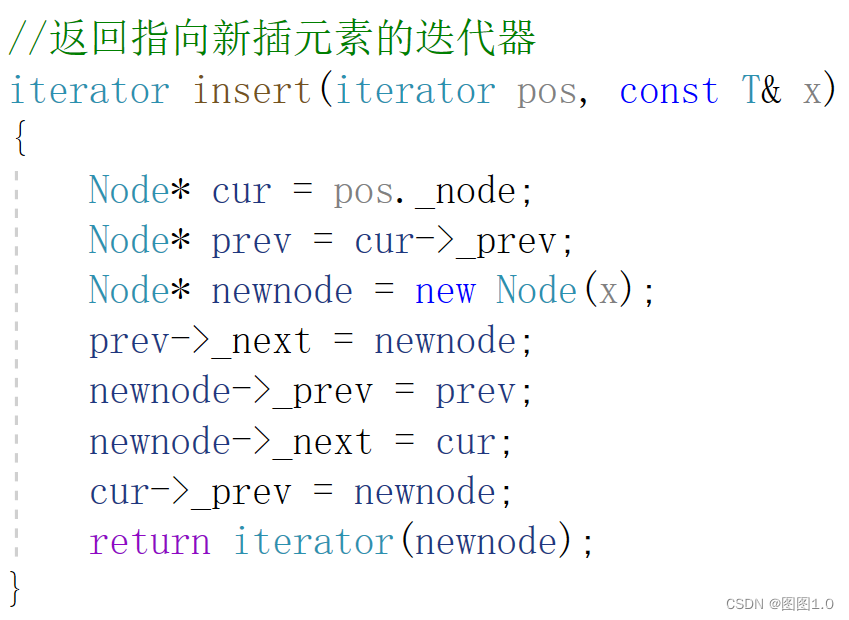
有了insert,push_back和push_front可以复用:
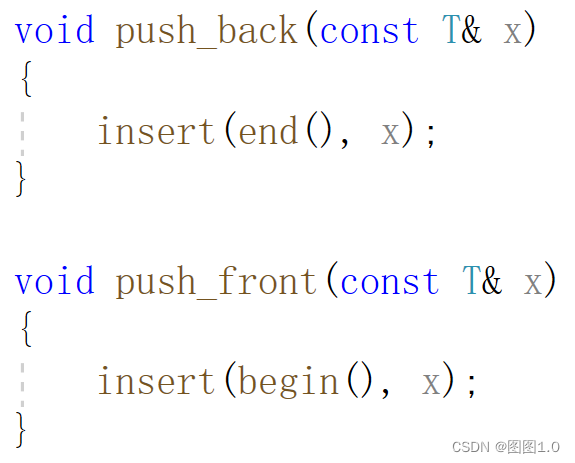
2、erase模拟实现
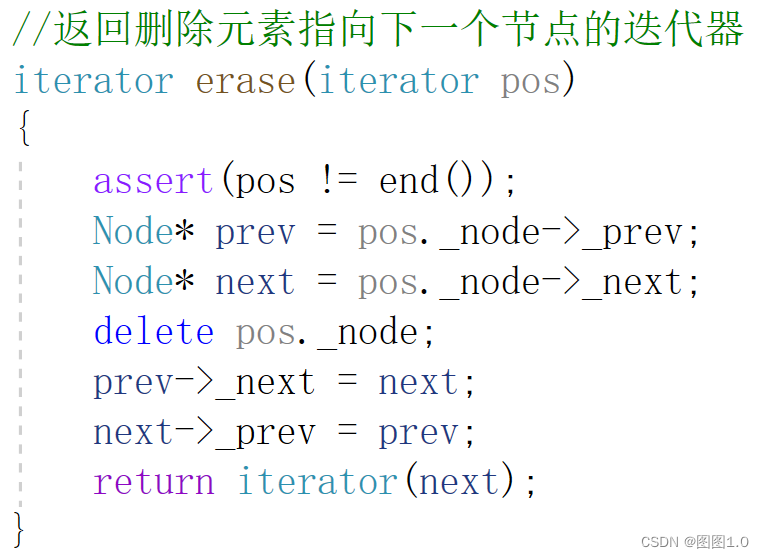
有了erase,pop_back和pop_front就可以复用:
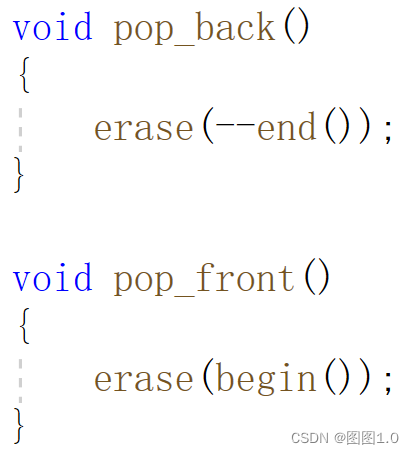
6、vector与list对比
1、vector
vector是连续的物理空间,是优势,也是劣势。
优势:支持高效的随机访问。
劣势:1、空间不够要增容,增容代价比较大 2、可能存在一定的空间浪费,按需申请,会导致频繁增容,所以都会扩2倍左右 3、头部或中部插入删除需要挪动数据,效率低下
2、list
list很好解决了vector以上的问题
1、按需申请释放空间 2、list任意位置支持O(1)插入删除
小结:vector和list是互补的两个数据结构。
7、list拷贝构造、赋值重载问题
1、clear模拟实现
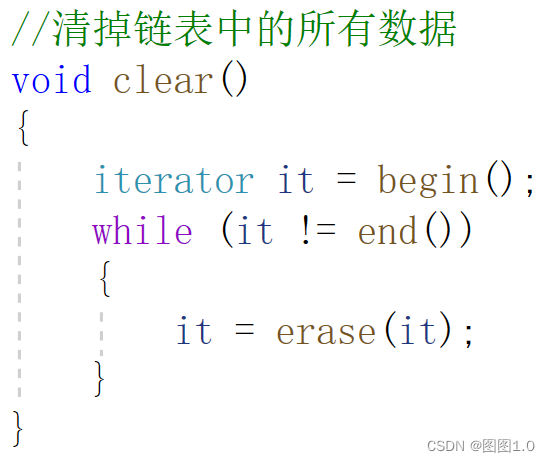
2、析构函数
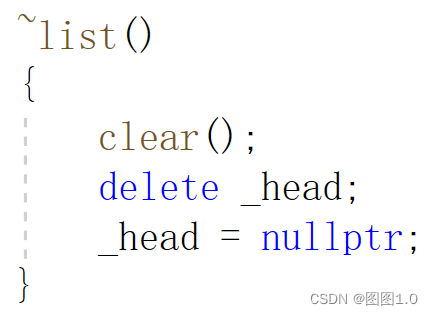
3、深拷贝
1、传统写法

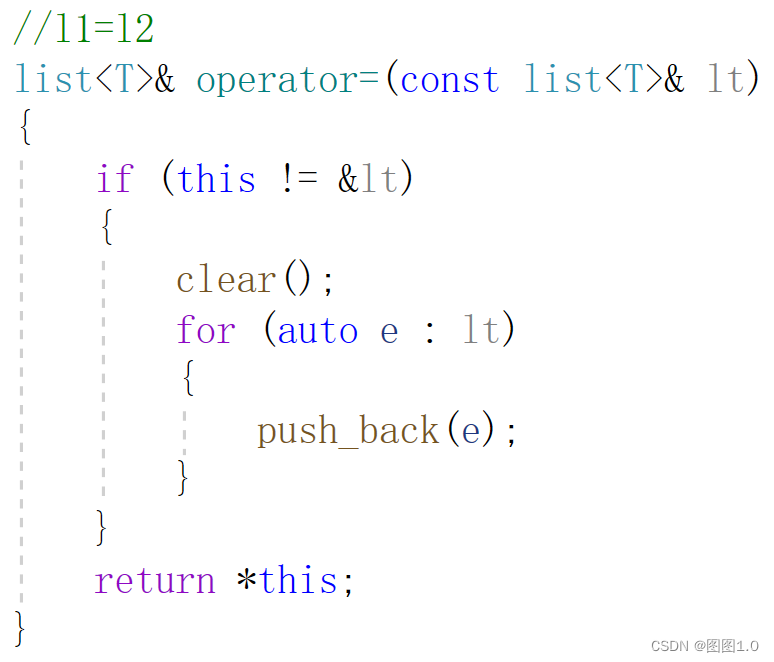
2、现代写法
1、支持迭代器区间初始化的构造函数
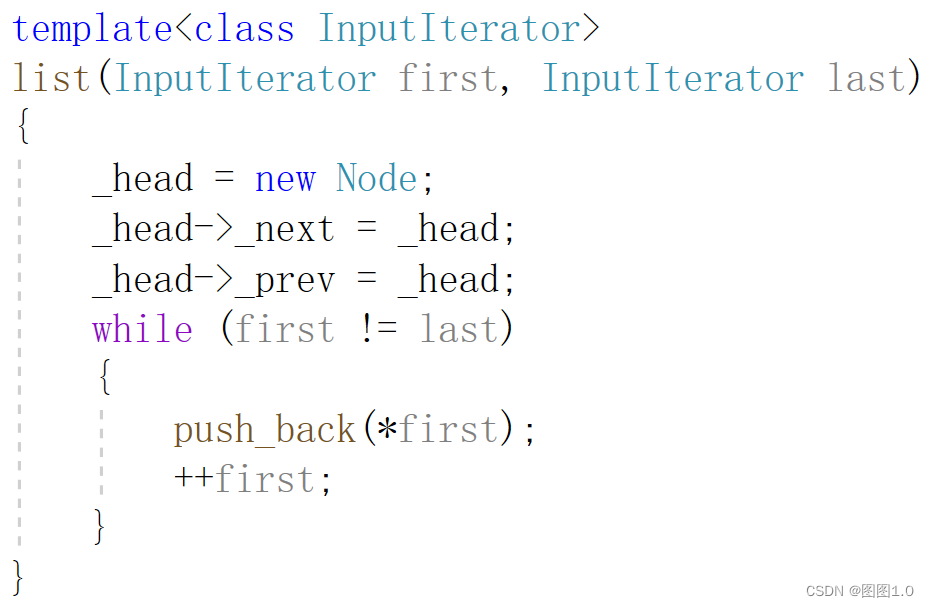
2、拷贝构造
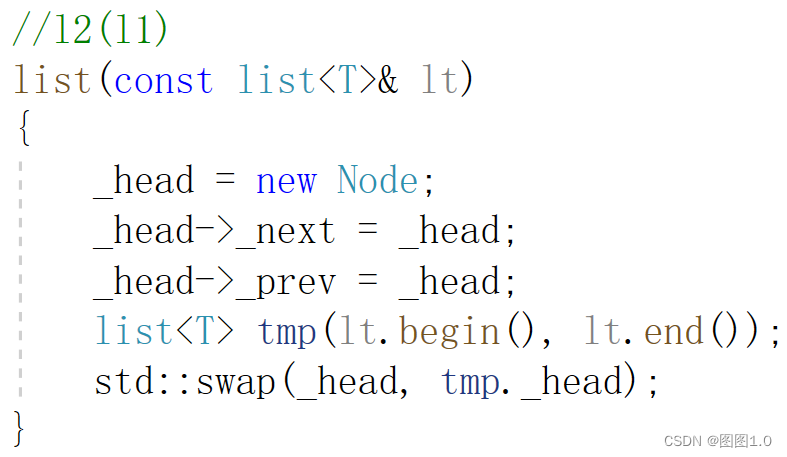
3、赋值重载

8、迭代器区间和n个val初始化的构造函数冲突
1、问题
n个val初始化的构造函数:
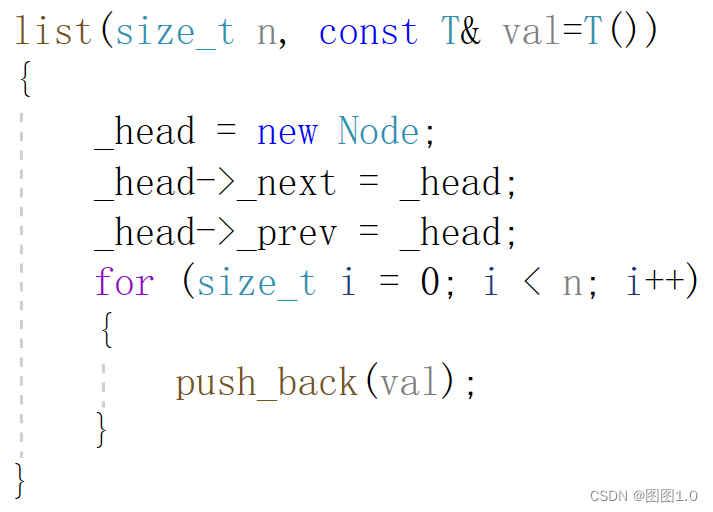
目前我们的代码中,已经写了支持一段迭代器区间初始化和n个val初始化的构造函数,但是当写以下代码时,编译器会报错:
![]()
这就是经典的,迭代器区间初始化和n个val初始化的构造函数的冲突问题:

小结:1、整形的字面常量默认为int类型的,浮点数的字面常量默认为double类型。 2、编译器匹配的原则:只会找更匹配的。
2、解决方法
法一:将size_t n改为int n
法二:提供一个int n的重载版本
9、反向迭代器模拟实现
反向迭代器跟正向迭代器的区别就是++、--的方向是反的,所以反向迭代器封装正向迭代器即可,控制重载++、--的方向。
list库里的底层rbegin、rend跟begin、end是对称的。所以operator*取前一个位置,主要就是为了让反向迭代器开始和结束跟正向迭代器对称。

因为反向迭代器是对正向迭代器的一个封装,所以可以做成模板,iterator是哪个容器的迭代器,reverse_iterator<iterator>就可以适配出那个容器的反向迭代器,这是复用的体现。
reverse_iterator.h
#pragma once
namespace tutu
{
template<class Iterator,class Ref,class Ptr>
class reverse_iterator
{
typedef reverse_iterator<Iterator,Ref,Ptr> self;
public:
reverse_iterator(Iterator it)
:_it(it)
{}
//++rit
self operator++()
{
--_it;
return *this;
}
//--rit
self operator--()
{
++_it;
return *this;
}
bool operator!=(const self& rit) const
{
return _it != rit._it;
}
Ref operator*()
{
Iterator prev = _it;
return *--prev;
}
Ptr operator->()
{
return &operator*();
}
private:
Iterator _it;
};
}在list.h中包一下上述头文件,再增加两行typedef,就可以实现反向迭代器

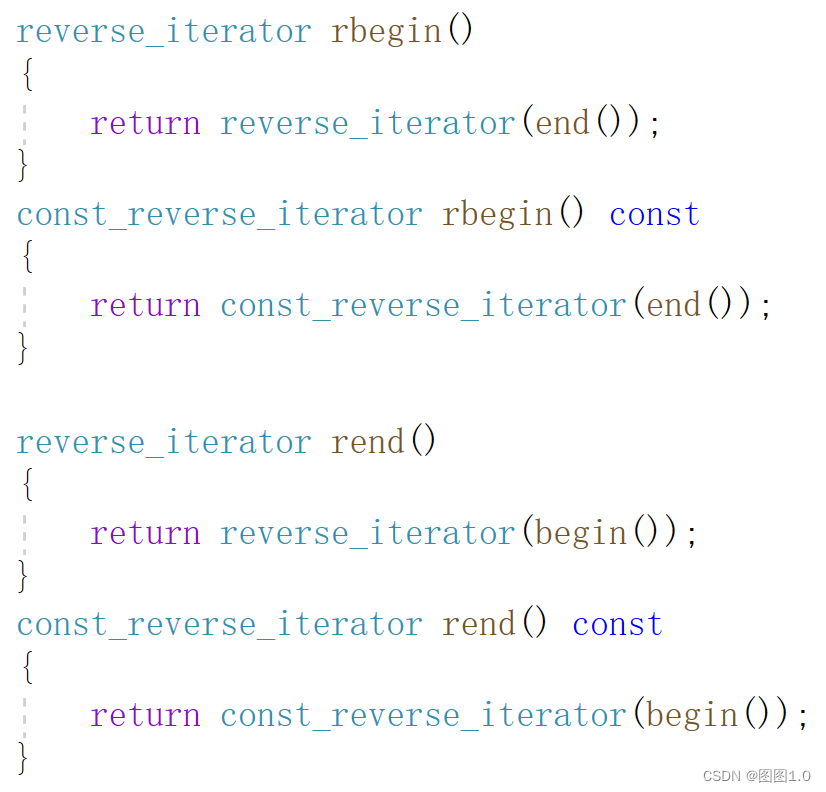
我们这里有三个模板参数,而库里只有一个,这里是做了简化,因为库里的比较麻烦。
注意:
1、一个类里面要取它里面的东西,只能取它的成员变量和内嵌类型,模板参数可通过typedef取到。
2、要取模板参数中的内嵌类型,编译器这里肯定是通不过的,因为编译器编译到这里还没有实例化,凡是要取一个模板参数里的内嵌类型(内部类或typedef的),加个typename是告诉编译器,它是一个类型,先让它通过,等实例化时,再去找它里面的类型。
3、如果上述按照库中实现,定义一个模板参数,在__list_iterator定义了内嵌类型,但是vector、string就不能直接套,它们底层是原生指针,不是自定义类型,所以还是三个模板参数比较好。vector的迭代器是原生指针,无法取内部类型,那么上面的实现就完了,stl源代码中是使用了一个叫迭代器萃取的技术解决的。
